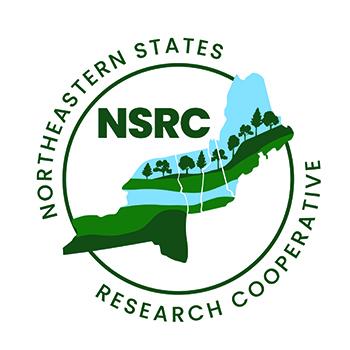Invasive Pest Effects on Tree Demographics Across the Northeastern US

Nonnative pests and diseases have dramatic negative effects on forests especially in the Northern Forest region, as the Northeast has the greatest density of invasive forest pest and pathogens in the country. Consequences of these invasions on host trees are well established, but the ways in which introduction of these organisms influences long-term structure, composition, and biomass storage capacity of affected forests are less well understood.
NSRC researchers will examine trends over time and more recent effects on tree demographics in forests impacted by dominant forest pests introduced into northeastern North America over the past 140 years. Researchers will estimate carbon storage capacity and sequestration rates for forests within the region in light of established and currently spreading invasives. They will examine how biological, ecological, and demographic traits of host trees and invasive pests interact to determine rates of change and potential for the ultimate return to pre-invasion biomass and productivity. They will model outcomes in cases of multiple, overlapping non-native insects and diseases and in the context of a changing climate.
Researchers will use USDA Forest Inventory and Analysis data from several remeasurement cycles across forests containing significant components of host trees impacted by seven of the most damaging forest insects and pathogens. This work has the strong potential to guide management strategies focused not simply on mitigating impacts but also on shifting forests toward more favorable outcomes in the face of climate change.
